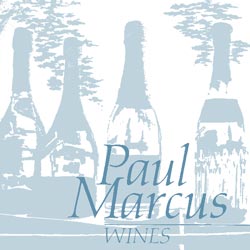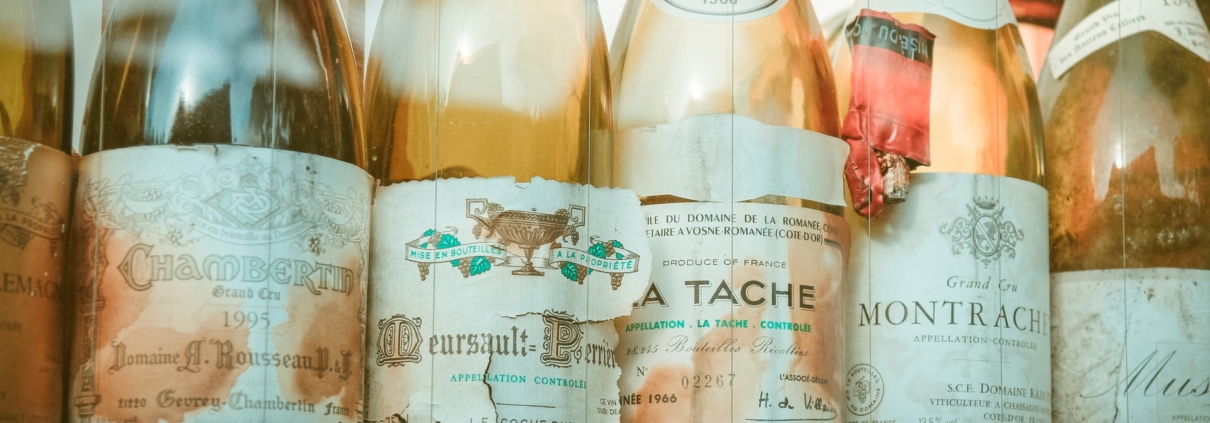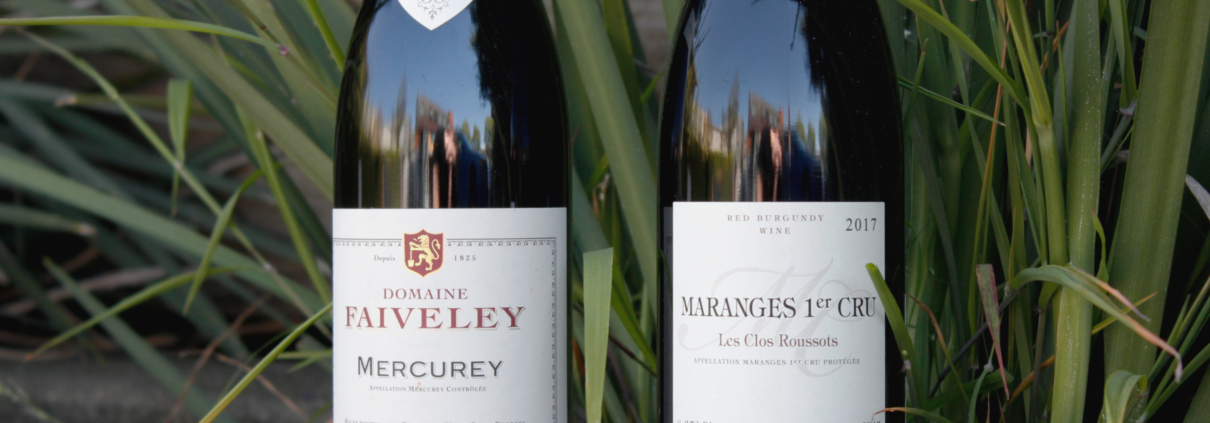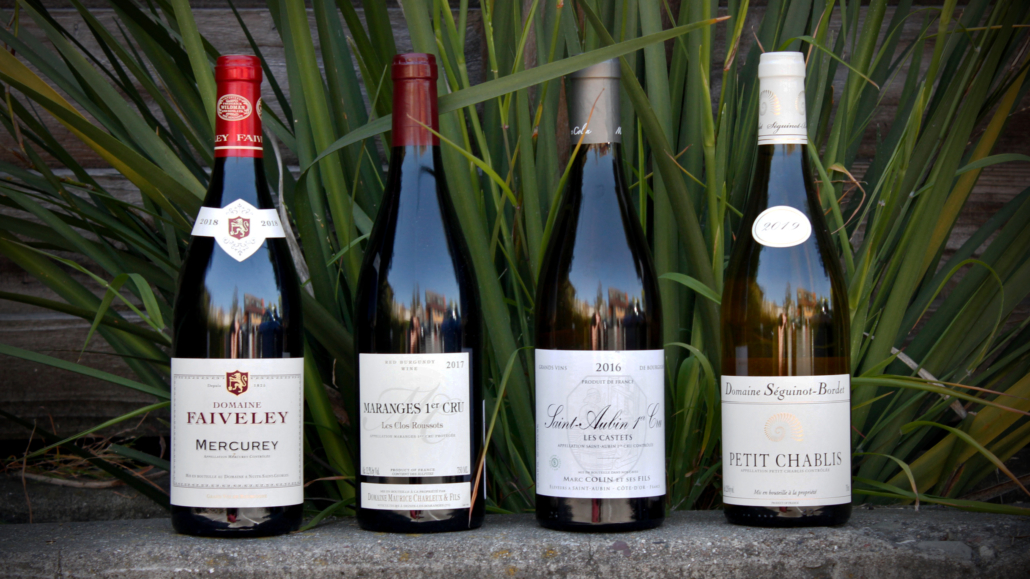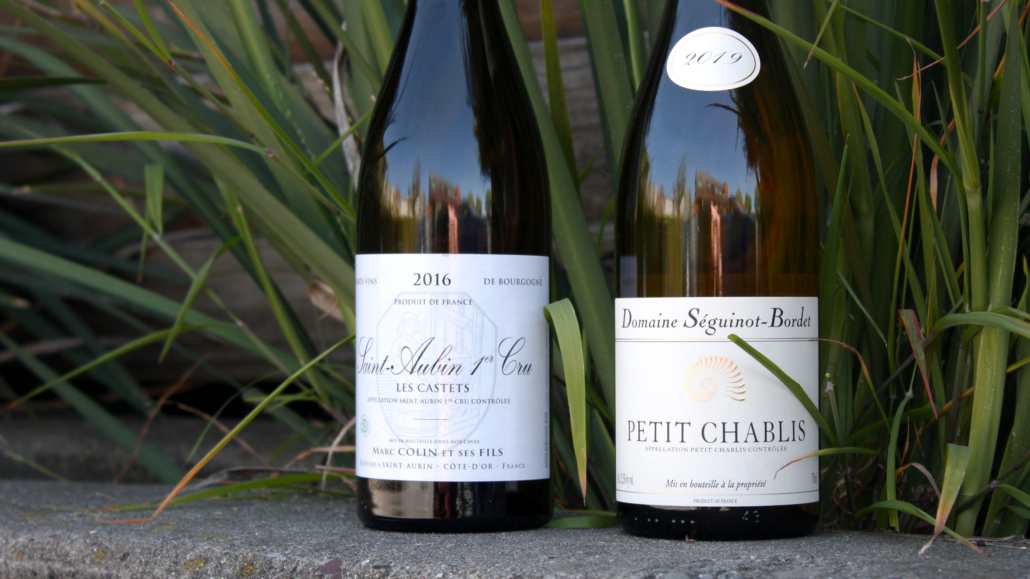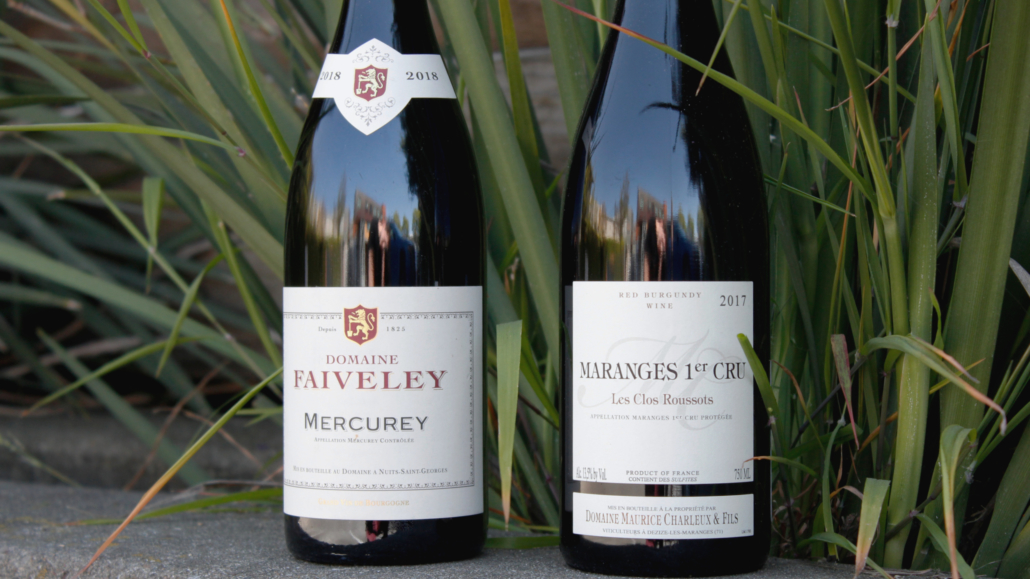Cellaring wine has appealed to me since the earliest days of my wine journey. I’ve been putting away wine for about 40 years, and it just dawned on me recently–now that I’m in my 70s, it might be a good idea to start drinking my cellar.
In the time of Covid, I’ve had fewer opportunities to open old bottles with friends or at restaurants. Well, my daughter came out here for a three-week visit in December and wound up staying for three months. (I guess the food, wine service, and weather are better here than in New York.) And now we had the quorum we needed for exploring the cellar.
Wines generally begin their lives with a lot of fruit and vivacity, but they can be somewhat simple. With age, they begin to develop more definition and evolve into something more complex–kind of like people.
One of the best cellar wines I’ve had so far was the first one I uncorked. It was the 2008 Vietti Barolo ‘Rocche di Castiglione.’ I caught this wine at the perfect time. It still had a lot of its youthful fruit, but it was entering the phase where it starts to take on secondary flavors; warm, lively, maturing nebbiolo flavors and aromas of tar, roses, violets, and red berries. Some of the other nebbiolo-based standouts we opened were the 2004 Sottimano Barbaresco Riserva and the 2006 Ovello from Produttori di Barbaresco.
I cellar a lot of Barolo and Barbaresco, and PMW currently has two great vintages in stock: the warm, open, and friendly 2015s and the slightly more delineated and complex 2016s. Laying down some of these wines will be tremendously gratifying, and we offer several single-vineyard expressions from Sottimano, Produttori, and other esteemed producers.
The wines I cellar the most, however, are reds from Burgundy, and not surprisingly, it was those I turned to most frequently. The 2002s are great, period. The Serafin Charmes-Chambertin was a true jewel. They have been drinking exquisitely since day one, and sadly I have exhausted most of mine. The best of the Burgundy I opened–on my birthday, to boot–was the 1999 Bachelet Charmes-Chambertin. It still had years left on it–truly astounding.
The powerful 2005 Burgundy wines, on the other hand, have been a mystery. On release, they were gorgeous–abundant fruit, structure, aromas, and power, a drinker’s paradise. And yet they closed up; for 15 years, they have been unyielding. Thankfully, they are just starting to reemerge.
The 2009s were highly acclaimed upon release and later criticized somewhat for their abundant fruit but lack of acidity. I opened a couple of 2009s, and they seemed to achieve a steady bearing with lots of fruit and a harmonious mouth feel. The 2009 de Montille Volnay 1er Cru ‘Les Taillepieds’ was an absolute knockout.
The 2010 vintage is an unconditional classic–light in color and mouth feel, yet they have a tension that lengthens the palate exponentially. I opened my first 2010 the other day: the Bitouzet-Prieur Volnay 1er Cru ‘Pitures.’ It was exquisite, and it made me anticipate drinking more from this superb vintage.
At PMW, we have plenty of cellar-worthy red Burgundy in the store from the likes of Sylvie Esmonin, Frederic Esmonin, Joseph Voillot, and Domaine de Montille. In general, I like to give red Burgundy about a decade of aging before popping them, depending on the vintage.
Every once in a while, you drink a wine that absolutely transports you to a space that goes beyond the glass. That happened the other night with the 2011 Lafon Meursault 1er Cru ‘Perrières.’ This white Burgundy had me groveling in the Perrières vineyard and inside the cellar walls. In the real world, the wine was the essence of butter, stone, mineral and integrity. The finish lasted for one minute.
An assortment of Rhones also made the cut. The 1990 Gallet Côte-Rôtie was still fresh with lively, gamey syrah flavors. The graceful 1998 Pignan Châteauneuf-du-Pape had a surprisingly light-to-medium mouth feel, although I wish I had opened my very good 1989 Jaboulet Hermitage ‘La Chapelle’ a few years ago. I was really looking forward to my 2000 Chateau Rayas Châteauneuf, but it was corked. Bummer!
Single-vineyard expressions from Sicily’s Etna Rosso DOC, featuring the wonderful nerello mascalese varietal, also benefit from time spent in the cellar. I describe these wines as a cross between nebbiolo and pinot noir. Many of you are familiar with the entry-level wines from PMW-approved producers such as Benanti, Graci, and Terre Nere, to name a few. The single-vineyard examples are very powerful and fruity at first, but after four or five years of aging, they turn into complex, smooth, yet grainy gems.
I had both the 2010 and 2011 Terre Nere Etna Rosso ‘Guardiola’ recently, and they were marvelous. Upon release, the 2010 offered a big mouthful of fruit that lacked definition, but it developed into an Etna Rosso that resembled a seamless Burgundy. The 2011 drank well young, but had also developed quite well over the course of a decade.
Yes, the joys of cellaring require patience–not to mention a cool, dark place–but the payoff is definitely worth it.
